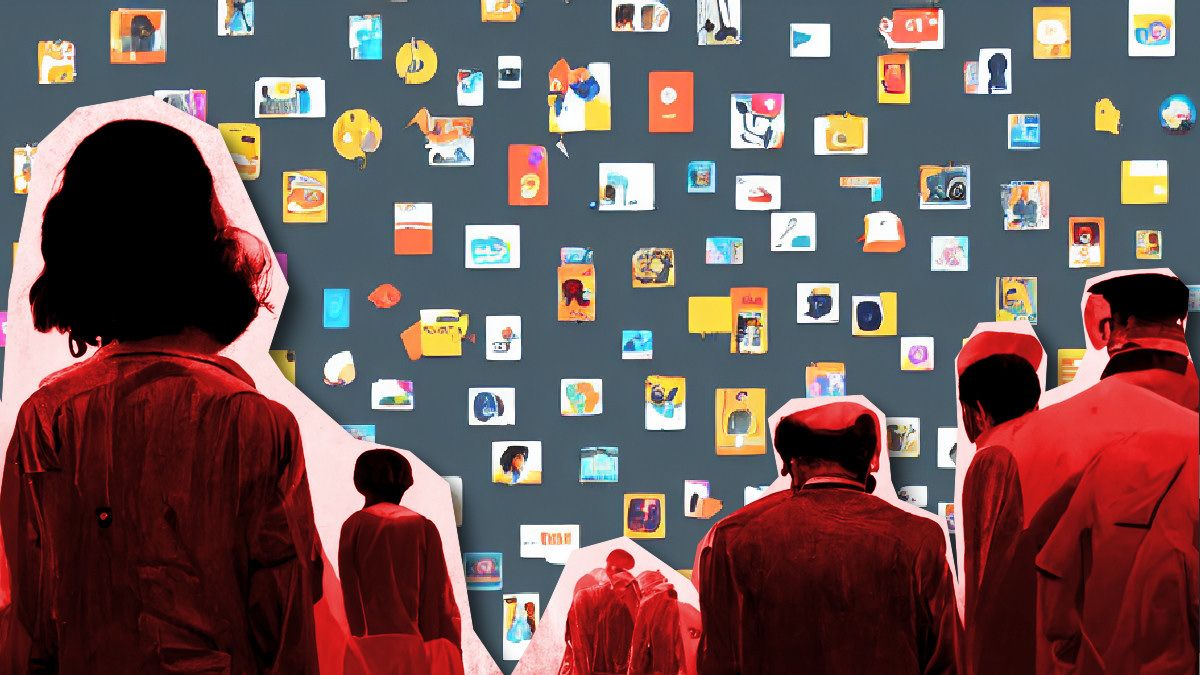Quick Links
From streaming services to software to content, it feels like we're constantly shelling out money every month to keep access to the things we want. So what's behind this shift, and is there anything you can do about it?
Subscriptions Make More Money for Businesses
These days, it feels like we're juggling dozens of subscriptions for smartphone apps, PC software, news websites, TV steaming services, appliance features, audio books, podcasts, delivery services, car features, gadgets, and more. A 2021 poll conducted by West Monroe found that Americans on average were spending around $273 a month on subscription services. If you add rent to that list (subscription housing), it feels like we might not own anything ourselves ever again.
The main reason that subscription models have become so prevalent over the past decade is that they're a stable source of income for companies. Instead of relying on one-time purchases, firms can count on a steady stream of revenue from subscribers. Also, subscription plans simply make more money: According to Intuit, subscription models are 217% more profitable than the one-time payment model.
Intuit also mentions that subscriptions allow companies to retain customers instead of spending money to acquire new ones. And once you're subscribed, companies can collect valuable data about your purchasing and usage habits. That's great for companies, but what about the rest of us?
Ridiculous Subscriptions
Sometimes, subscriptions can be a good thing. If you regularly purchase a consumable item, such as electricity or a magazine with continuously fresh content that you enjoy, it feels like a subscription makes sense. But recently, some products or features that were once one-time purchases (or were previously included with a one-time purchase) are getting locked away behind subscription models with no additional benefit to the customer.
For example, recently, BMW announced that it would sell a subscription that would unlock a heated seats feature in its cars for $18 a month in South Korea. This got a lot of press because it feels like a predatory cash-grab: The heated seat components will already be installed in the car you purchase, but you need to pay more money continuously, forever, to actually use them. Traditionally, you can pay once for a heated seat option, and you'll always have it in the car. Toyota also announced a similar plan with their key fobs in late 2021.
Sometimes, subscriptions come with significant strings attached. For example, if you subscribe to HP Instant Ink and receive ink cartridges for your printer, the cartridges may stop working if you cancel your subscription, thanks to digital rights management (DRM). It feels counter-intuitive and deeply wrong to have a physical ink cartridge sitting in your printer but be unable to use it due to an artificial limitation imposed by the manufacturer. The ink is right there!
These came about thanks to the rise of the Internet, which can deliver updates and provide telemetry (feedback to the company) on how you use the products over time. Also, it wouldn't be possible without the aforementioned DRM, which prevents consumers from modifying the software running on products they purchase.
Will There Be a Subscription Breaking Point?
With the average American spending hundreds of dollars a month on subscriptions (and the amount increasing over time), will there ever be a point when simply too many products are available as service subscriptions, leading to oversaturation and consumer backlash? The answers to those questions aren't clear, but as more companies seek to pad their bottom line with subscription profits, we may find out soon enough.
Even before then, it's important to recognize that in some scenarios, subscription models can be predatory---especially when they auto-renew over time. According to the study we mentioned earlier, many people either don't realize the amount they're spending on subscriptions or forget about them, providing an arguably unethical financial drip to companies for some services people likely aren't even using. As a result, more than 20 US states have laws regulating auto-renewing subscriptions.
Also, subscriptions hack our intuitive financial sense, shifting higher one-time upfront costs (such as buying Adobe Photoshop for $699) into a lower apparent cost ($20.99 a month) that adds up to a much greater amount over time ($2,518.80 over 10 years---remember that 217% profit boost we mentioned earlier?). Of course, in return, you might get a continuously developed and updated product over time instead of having to buy new versions over the years, but not all subscriptions are as useful as Adobe Photoshop.
If you feel like you have too many subscriptions, it's good to take the time and make an inventory of every subscription payment you make using a spreadsheet. A good place to start looking for subscriptions is your bank account transaction record or credit card bill, which will show how much is being drafted and from which service. Once you have a good idea of what you're spending, you can make decisions about what to cut to save money. We know it's a hassle to round up all that information---that's one reason why companies love subscriptions. The momentum of having them is on their side. But if you give the subject the proper attention, you can fight back.
Also, if you're concerned about living in a world where fewer things are owned and controlled by consumers, consider supporting the Right to Repair movement, which seeks to allow people to repair and modify products they've purchased. Good luck, and stay safe out there!


